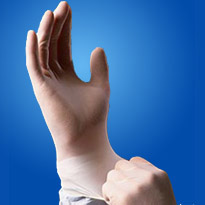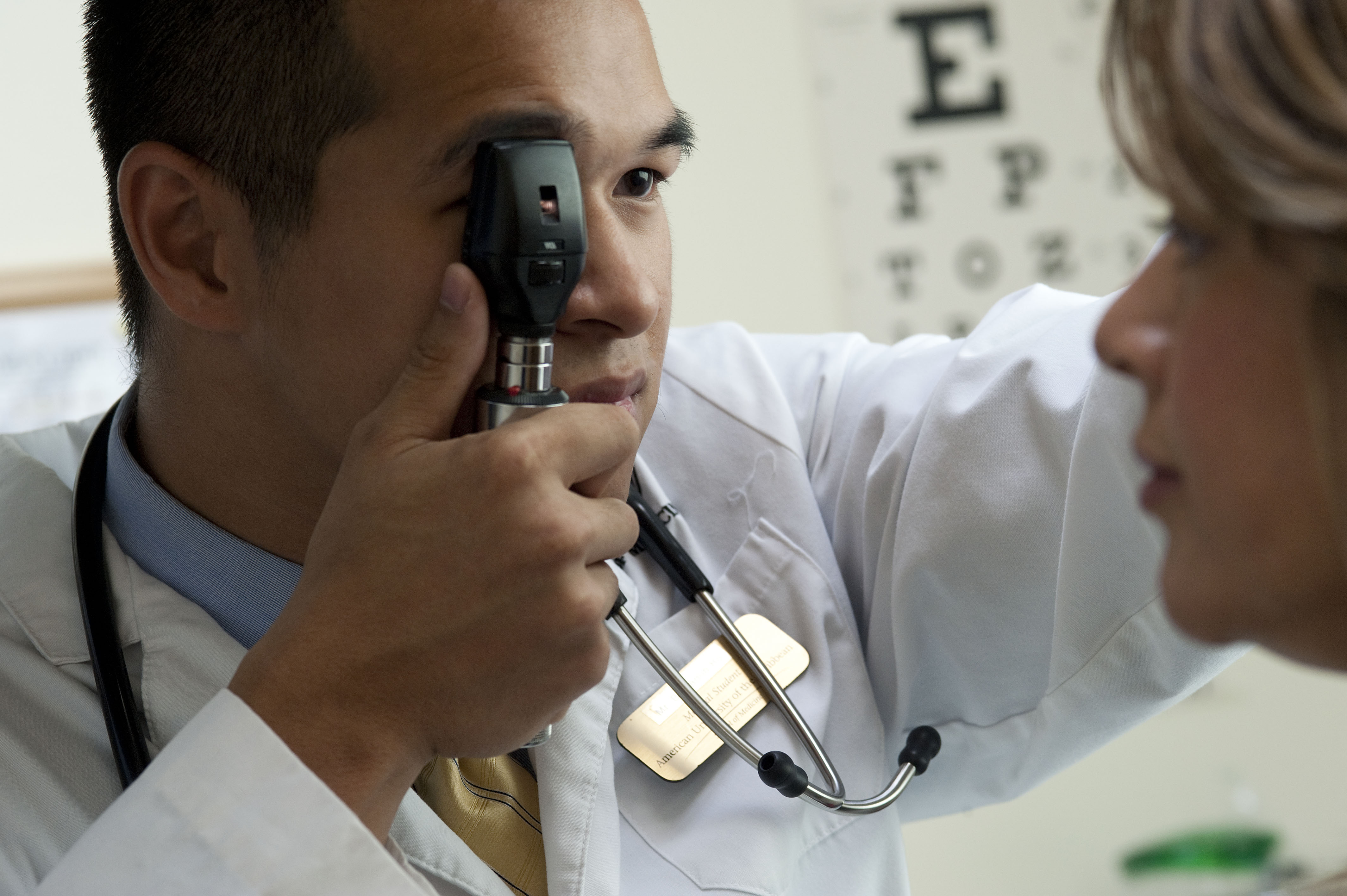Breast, Genital, and Rectal Exams… Oh My!

Breast, genital, and rectal exams… how do I even begin?
Well, I can begin by saying that I was nervous about this week for a long time. Ever since second semester, we’ve learned how to perform physical exams on most of the body, from palpating for tactile fremitus on the lungs to testing deep tendon reflexes with a reflex hammer. Most everything is more or less straightforward and easy to practice with a fellow classmate. However, in fifth semester, we complete our physical exam training by learning how to perform male and female breast, axillary, genital, and rectal exams, which include hernia exams for males and pap smear, bi-manual, and rectovaginal exams for females. Obviously, we can’t perform these exams on each other, and so the school, like all other medical education programs in the US, bring in professional patients to let us practice these necessary skills.
It all started last week, after a relatively unorthodox, but helpful lecture by Dr. V that started with a reenactment from the off-Broadway theatrical play “The Vagina Monologues.” Dr. V is an awesome professor with many decades of practicing experience who always has his own way of making lectures both educational and fun, two qualities that you often don’t expect to go together in school. Afterwards we learned to perform the exams on plastic models. The plastic models were pretty cool because they had modules that you could switch out that simulated pathological body parts with tumors as well as body parts that felt normal. After a week of practicing on these plastic dummies, we were finally ready to experience the real deal on real people.
This week, two male and two female trained professional patients flew down from the states to AUC to help us in this part of our training. The professional patients were exactly that… professional patients. They weren’t just people who were there to expose their bodies for students to practice on. They were trained instructors who travel to different med schools and PA schools to teach students not only how to perform the exams correctly on their bodies, but also what to say to make patients feel comfortable and safe, and how to teach patients to do self exams. For most of us, this was our first time ever doing these exams, and many of us felt a little nervous and awkward. I certainly was, as I was afraid of hurting the patients. However, the professional patients had a lot of patience in walking us through the steps in every detail, guiding our hands to the right places, and letting us feel what we were supposed to feel, like checking the inguinal ring for hernias, or palpating for the two sides of the prostate. They knew what they were talking about and guided us well.
We learned to perform the male exams in groups of six students to one patient while we learned to perform the female exams in groups of three students to one patient. Our male patient was especially helpful and we learned a lot from him. He also had a really great sense of humor, which certainly helped in making what is normally a very awkward experience into something that’s not that bad anymore. Our female patient was also very helpful and nice. I felt a lot more comfortable and less nervous and more receptive to learning because of our professional patients’ attitude and guidance. The professional patients were also the ones that evaluated us as students.
Part of learning how to perform breast and genital exams on others is also how to perform these exams on ourselves. During our male exam, our professional patient asked the male students in our group if any of us performed self exams. None of us raised our hands. He then reminded us that most of us are in the 20-30 age range, the peak range for testicular cancer, which we had all learned about in Pathology not too long ago. All of us were pursuing the medical field yet none of us cared enough about our own bodies to regularly screen ourselves with a simple exam for a disease that could potentially kill us. It made me realize the importance of self exams, especially as aspiring physicians, and the importance of being a role model for health in the society we want to help.
So in conclusion, it turns out that an experience that I wasn’t really looking forward to actually became a really awesome experience that I learned a lot from and am so happy I did. I have to really applaud and thank the professional patients. It’s not easy doing what they do (especially with so many students and so many fingers) and they did a great job. My comfort level has been pushed up to the next level, which is what med school is all about.
**UPDATE 5/2012**
Now that I am in clinicals, I have to say that I think it is so awesome that our school provided live people to teach us and let us practice breast, genital, and rectal exams before we even started clinicals. Today my attending asked me to do a breast exam on a patient, and I was able to say that I’ve done one before and feel comfortable doing it. Students from other schools may not necessarily feel as comfortable as I did today.













as always this was a good and helpful post.